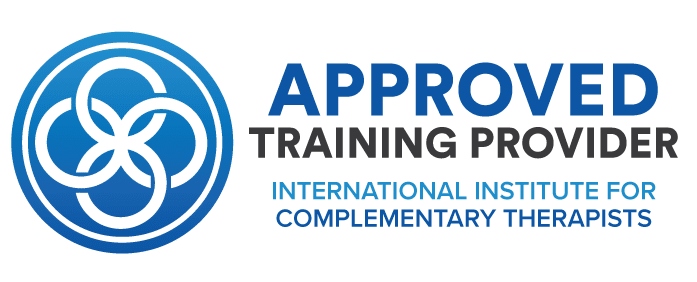INTRODUCTION TO CLIENT
Patient is a 51 year old woman with a significant history of childhood sexual, emotional and physical abuse by family members. Alcohol dependent from age 12, sexually abused as a teenager. Married and divorced three times to sexually and emotionally abusive men. Three children to two of these partners. 13 voluntary and involuntary admissions to mental health facilities from age 18 to age 43. Multiple psychiatric diagnoses, including schizophrenia, schizoaffective disorder, bipolar disorder, borderline personality disorder. Multiple psychotropic drugs. Sober for the last 14 years after inpatient alcohol rehab. Patient has seen many psychiatrists, psychologists and other mental health professionals over the years and had multiple forms of psychotherapy. Patient also had many complex physical conditions, including a brain aneurysm, and unexplained fatigue, collapses and muscular spasms.
THE PRESENTING PROBLEM
Depression, lack of motivation, chronic suicidal ideation, feeling hopeless, worthless and misunderstood. Distrusting of mental health professionals. Chronic pain and muscular spasms
DIAGNOSIS
Post Traumatic Stress Disorder with Depression
INTERVENTION
After one year of regular supportive counselling with me, the patient agreed to undergo TRTP. This treatment protocol initially involves the completion of a homework task outlining the presenting problems and a future focus on how the patient ‘wants to be”. The homework task is typically given before the first face to face session. The process next incorporates 3 sessions of hypnosis. The first two sessions ideally need to be conducted within a week of each other and the 3rd session no more than 2 weeks after the second session.
The patient was extremely distressed after Session 1, but persevered with the required task of listening to a recording of Session 1 each day until Session 2.
After Session 2, the patient was initially again extremely distressed, and commenced shaking violently.
Before Session 3, the patient disclosed information that indicated she had a form of Dissociative Identity Disorder (Multiple Personality Disorder). This condition is uncommon, but generally occurs in people whose childhoods were similar to this patient’s. We explored this further and addressed this in Session 3, which was divided over two appointments.
OUTCOMES OF TREATMENT
Further investigations were made, which confirmed the diagnosis of Dissociative Personality Disorder, and the patient began working through a workbook for people with the condition.
She reported that two weeks after she completed Session 3, the four different personalities had become quiet and subdued; in addition, her mood was much more stable and she was coping better with stressors.
Her focus moved to her physical symptoms, and it became clear that as a result of many years of psychotropic medication, she has a condition called Tardive Dyskinesia. This causes involuntary muscular spasms, fatigue and physical pain.
Two months after completion of TRTP, the patient reports that her mood remains stable, despite several significant stressors and that she feels like the events of the past are “just things that happened”. She reports that she has not had suicidal thoughts during these two months, and she is feeling more confident and assertive. She feels lighter and no longer hates herself. She feels vindicated that after so many years of having her symptoms disputed and disbelieved, she finally has answers that explain her lifelong emotional turmoil. She is still coming to terms with the diagnosis and effects of Tardive Dyskinesia.
The plan is to continue seeing and supporting this patient, together with her GP and a new private psychiatrist.







